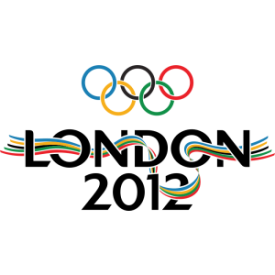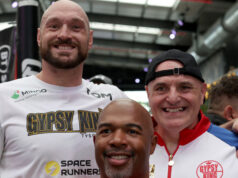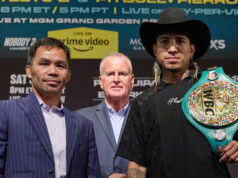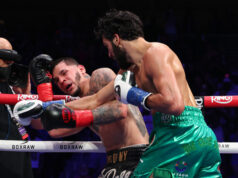Why Was Men’s Boxing Cut in Order to Add Women’s Boxing?
Make no mistake: boxing has been under assault at the International Olympic Committee (IOC) in recent years. For decades, boxing at the Summer Games was organized into 12 weight classes. The first trimming took place for the 2004 Olympics, when the weight classes were cut back to 11, a figure that held for Beijing in 2008. For London 2012, another weight division was slashed and women’s boxing was added.
This weekend saw the first installments of Olympic boxing’s Round of 32, and for the first time ever, women were competing in three weight classes. While women breaking into the premiere event in international amateur boxing certainly adds to the excitement, no one should forget the mixed feelings that greeted the announcement of women’s Olympic boxing in August 2009. The same announcement introducing three women’s divisions also cut back men’s boxing from 11 to 10 divisions.
 Yet the IOC usually does not cut back on a sport in order to introduce a women’s division, making the 2009 reorganization of Olympic boxing a huge slap in the face to the sport as a whole. Look at the other two martial sports at the Olympic Games, judo and taekwondo. Judo has all seven standard weight classes in both men’s and women’s competition. Taekwondo, introduced only in 2000 as an Olympic sport, has a four-division parity for men and women. In neither case has the “either-or” choice been imposed, as it was on boxing.
Yet the IOC usually does not cut back on a sport in order to introduce a women’s division, making the 2009 reorganization of Olympic boxing a huge slap in the face to the sport as a whole. Look at the other two martial sports at the Olympic Games, judo and taekwondo. Judo has all seven standard weight classes in both men’s and women’s competition. Taekwondo, introduced only in 2000 as an Olympic sport, has a four-division parity for men and women. In neither case has the “either-or” choice been imposed, as it was on boxing.
The usual complaints about Olympic boxing is that the sport’s elimination tournament takes too long, and nobody is watching it anyway. To that, I say when was the last time you saw platform diving or the javelin on TV outside of the Olympics? Boxing has a year-round fan base, and that’s something to build on. Neither of the other Olympic marital sports, judo and taekwondo, has the large international following of boxing, the most lucrative martial sport in the world. If the IOC and the promotional barons of boxing cannot devise a way to make Olympic boxing sponsor- and fan-friendly, that is their failing and they ought to put some new talent to work on the problem.
The eyeballs and dollars are out there, and a lot of them go to a great deal of trouble to watch Olympic boxing. Anyone who thinks the headgear and pads takes the excitement out of boxing should go watch Terrell Gausha of the USA hammer it out with Armenia’s Andranik Hakobyan, a middleweight bout that played out this weekend. Better still, tune in for Gausha fighting 2008’s bronze medalist, Vijender Singh of India.
The word “Olympic” has been attached to boxing since brutal bloodsports were played out in the ancient Greek religious festival that inspired the modern Olympic movement-cum-mega business. Some of the world’s most famous athletes, like Muhammad Ali and many others, sprang from boxing at the Summer Games. Rather than cutting back on boxing, the Olympic games should be protecting the sport as part of its legacy, both ancient and modern. If something really is broken with the sport, it is clearly a matter of presentation and nothing more. In that case, it is up to the IOC, the national amateur boxing organizations, and just maybe some big-wigs from the pros to fix it.











